Through Aug 2012.
 The Wolfsonian – FIU presents Manifest and Mundane: Scenes of Modern America from The Wolfsonian Collection, an exhibition of more than fifty American paintings, sculptures, and fine art prints from the 1920s to the 1940s, drawn from The Wolfsonian’s collection of fine arts, with loans from the museum’s founder, Mitchell Wolfson, Jr.
The Wolfsonian – FIU presents Manifest and Mundane: Scenes of Modern America from The Wolfsonian Collection, an exhibition of more than fifty American paintings, sculptures, and fine art prints from the 1920s to the 1940s, drawn from The Wolfsonian’s collection of fine arts, with loans from the museum’s founder, Mitchell Wolfson, Jr.
On view from September 8, through August 2012, the exhibition explores how artists manifested in their work the most profound and the most mundane aspects of American life. While the artworks provide personal records of the nation, they also express collectively held attitudes about the landscape, the built environment, domestic life, work, and leisure – themes that are prevalent throughout The Wolfsonian’s collection.
Many of the works on view in Manifest and Mundane invoke the myth of the landscape as the basis for meditations on national character. “Landscape has long served as a pivotal element in the development of American identity,” notes the exhibition’s curator, Marianne Lamonaca, associate director for curatorial affairs and education. “The land symbolically represents a place of spirituality and renewal but at the same time the land is a place of everyday dwelling, of ordinariness.” Several of the works depict the common course of life: nurturing, constructing, cultivating community, sunbathing, attending a fair.
Torvalt Arnt Hoyer’s Barn (1938) conveys the simplicity and tranquility of the countryside, where a lone farmer works, far removed from the turmoil of modern city life. Sunshine Canyon (1936- 39), a print by Carlos Anderson, shows a bird’s-eye view of a New York City rooftop where people of all ages have gathered to rest, sunbathe, and play.
Burr Singer’s Missouri Woman (1938), an archetypal image of a strong Midwestern farm woman, is in marked contrast to Francis de Erdely’s The Welder (c. 1942), which depicts a young, bare-chested welder at rest. Singer’s image presents the farm woman as a symbol of American self-sufficiency and hard work, while de Erdely emphasizes the welder’s physical form and inner character as separate from his occupation.
Other artworks introduce discord into the workday scene: industry encroaching on the soil, the demands of social justice interrupting domestic order, and disaster disrupting domestic routine. Fire in the Barn (c. 1939) by Lue Osborne shows a mother with her children looking on as men battle a fire that threatens to destroy the family’s property and livelihood. In Steelworker’s Family (1938), Harry Sternberg juxtaposes the activities inside a worker’s home with the bleak industrial setting of blast furnaces, smoke stacks, and ever-present clouds of smoke.
Wolfsonian founder Mitchell Wolfson, Jr. gifted many of the artworks in the exhibition to Florida International University in 1997 when he made the landmark donation of his collection, and its historic building, to the state of Florida. For Wolfson, it was “the spiritual manifestation within those objects” that ultimately led him to collect and donate nearly 100,000 works. “I wanted to fathom human behavior and the motivation behind it in each object.”
Wolfsonian Museum – FIU
1001 Washington Ave
Miami Beach, FL 33139
305.531.1001
www.wolfsonian.org

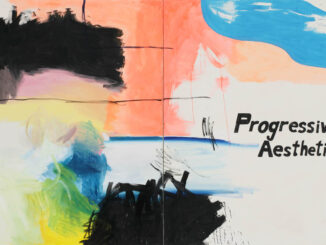
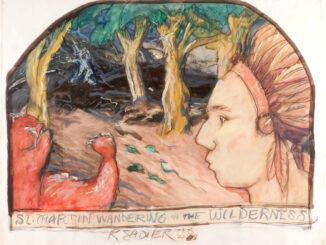
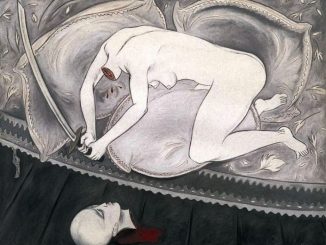
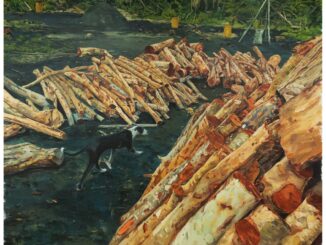

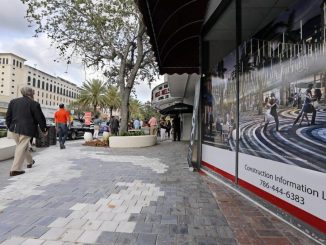
Be the first to comment